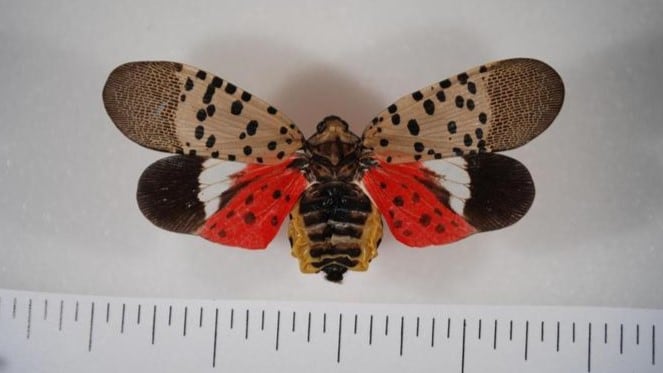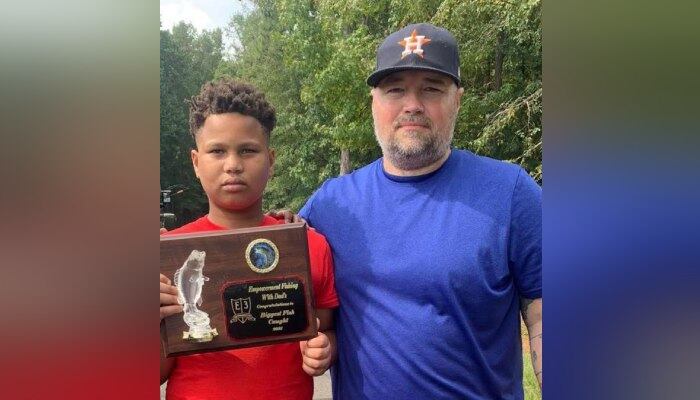Tips on how to keep baby animals safe this spring
AUGUSTA, Ga. (WRDW/WAGT) - Springtime means animals are multiplying, and the Georgia Department of Natural Resources wants you to know what to do and not do if you see a baby animal.
While it can be tempting to get close to or want to help a baby animal, it’s best to leave them be.
“If you find a nest that has eggs in it or baby birds, then you need to leave it be,” said Nic Bray, wildlife biologist with Georgia DNR. “It’s technically illegal to move that nest at that point.”
Found last fall in Georgia, invasive bug raises new concerms
Spotted lanternflies don’t pose a direct threat to humans but they feed on crops — and at least one of them has been discovered in Georgia.

Most birds are protected by the Migratory Species Act, which is why it is illegal.
If the nest is in a spot you don’t like, you won’t have to wait long for the birds to move on
In general, it takes 2 or 3 weeks for the egg to hatch, fledge and then fly and move on.
Baby rabbits are also a common sight this time of year. If you find some without their mom, you guessed it, don’t move them.
“The best thing to do is to just leave that nest be,” said Bray. “The mother rabbit will come back. She’ll either move them to somewhere safe or remain there with them, but they’re typically not orphaned at that point.”
The most common call that DNR gets this time of year is for fawns.
‘Didn’t deserve this’: Ga. teen shot, killed playing basketball in yard
The LaGrange Police Department says 14-year-old Demarrion Carter was playing basketball in his yard on Friday when he was shot and killed.

Like baby birds and rabbits, fawns should be left alone. Fawns are born without scent, and the doe usually leaves the fawn most of the day to reduce the chance of predators finding the young animal.
“That’s where you find them in weird places like under a bush or tree, somewhere you don’t think is a good place for them, but they’re still doing what is natural for them to do and part of their rearing,” said Bray.
If you see that the mother of a young animal has died, then there are options that DNR can help with.
If you give them a call, they can link you with a licensed rehabilitator in our area.
Copyright 2025 WRDW/WAGT. All rights reserved.















